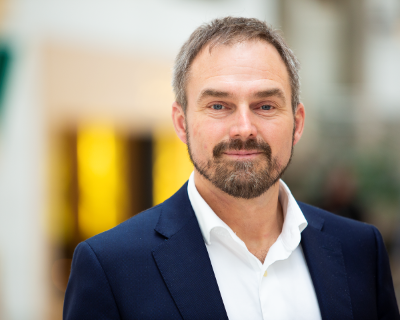
The jury of the Nordic Energy Challenge 2020
To select the best of these proposals we assembled a jury of highly qualified representatives from Nordic Energy Research and the Nordic energy community, who assessed the submitted proposals and…
To select the best of these proposals we assembled a jury of highly qualified representatives from Nordic Energy Research and the Nordic energy community, who assessed the submitted proposals and chose the most relevant, complete, comprehensive and innovative contributions.
Jury Members
- Klaus Skytte, Chair of the jury and CEO at Nordic Energy Research.
- Rune Volla, Director for the department of energy research at the Research Council of Norway and board member of Nordic Energy Research.
- Marielle Lahti, Senior advisor at the Swedish Energy Markets Inspectorate and previously Director Smart Grids and Electricity at Swedish Smart Grid Forum.
- Peter Lund, Professor in Advanced Energy Systems at Aalto University in Finland and Advisor at the Initiative for Sustainable Energy Policy (ISEP).
- Birte Holst Jørgensen, Senior researcher at DTU Wind Energy and previously CEO at Nordic Energy Research.
The jury has selected the three finalists of Nordic Energy Challenge 2020
In non-priority order – the finalists are:
- Simon Vilms Pedersen from University of Southern Denmark (SDU) with the proposal:
On the Road to Nordic Decarbonization 2050 - Claire Bergaentzlé, Philipp Andreas Gunkel and Daniel Møller Sneum from Denmark’s Technical University (DTU) with the proposal:
A sustainable and integrated Nordic region - Marianne Zeyringer from University of Oslo (UiO) with the proposal:
Unlocking the renewable energy potential in the Nordics
The jury’s selection of the finalists is based on the guiding principles set out in the call for submissions and the listed objectives and requirements.






